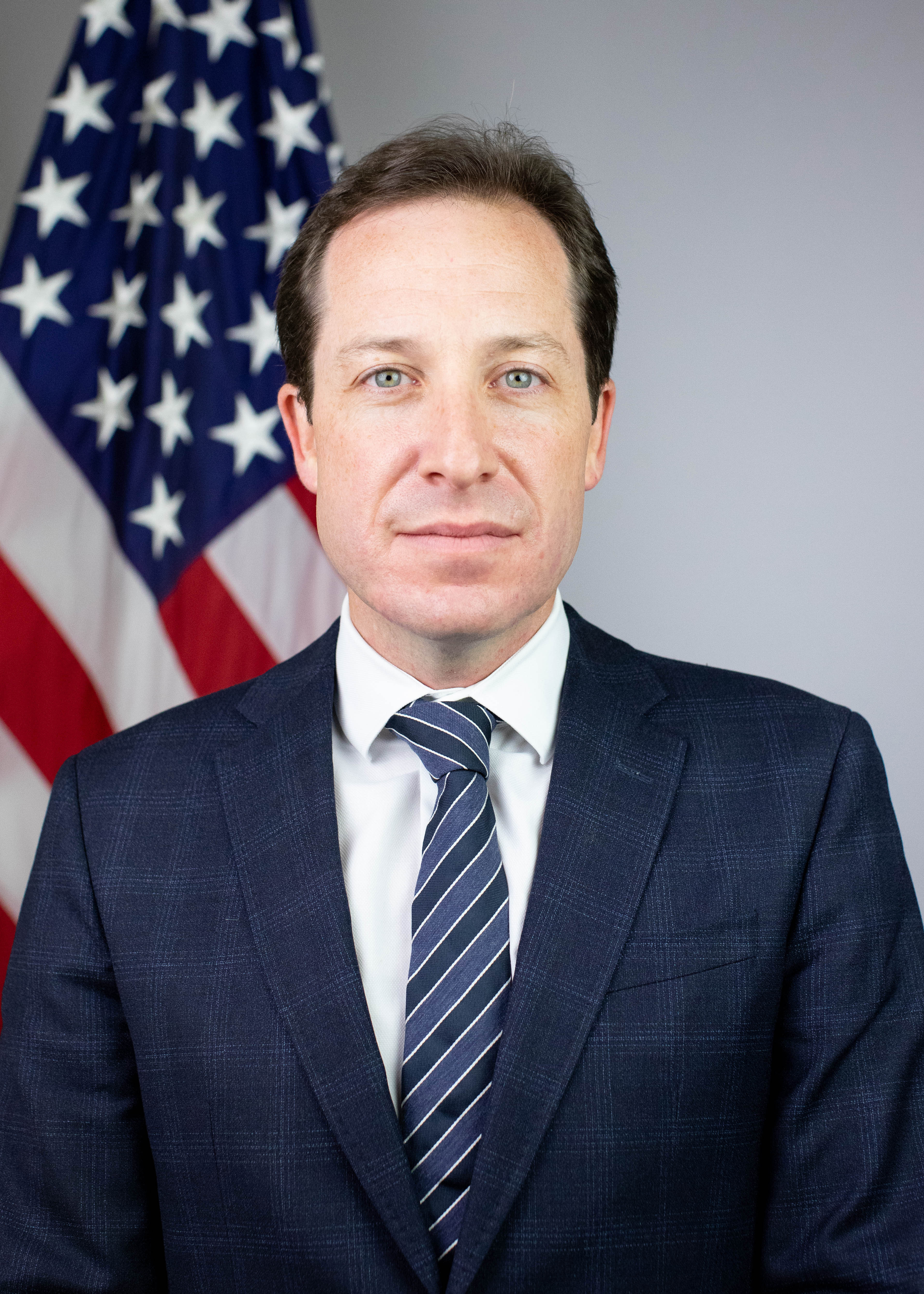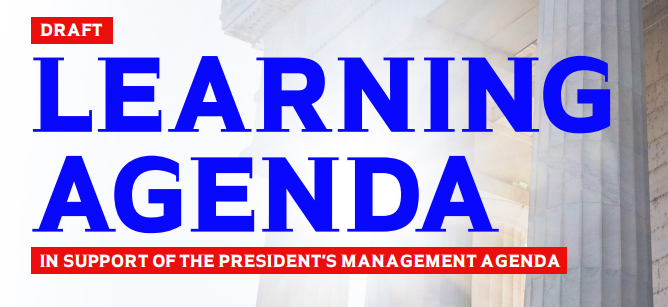It’s been just three months since we launched the President’s Management Agenda (PMA) with the release of the Biden-Harris Management Agenda Vision—the Administration’s roadmap for ensuring an equitable, effective, and accountable Federal Government that delivers results for all. The PMA launch was just the beginning of a multi-step, multi-year initiative to deliver on the President’s management priorities for and across the Federal Government. This PMA is designed to improve the way the Federal Government does business, restore the American people’s trust in Government, and lay a strong foundation for working families for years to come.
We have already made tangible progress on the three priorities for the President’s Management Agenda:
- Priority Area 1—Strengthening and empowering the Federal workforce;
- Priority Area 2—Delivering excellent, equitable, and secure Federal services and customer experience; and
- Priority Area 3—Managing the business of Government to build back better
Here are four examples of our immediate implementation of the PMA:
Checking in with the Federal Workforce (Priority Area 1)
From the start, President Biden has emphasized the importance of our Federal public servants—our dynamic and committed workforce. The strength of any organization rests on its most important asset— its people. Taking the President’s lead, in advance of the PMA launch, the President’s Management Council (PMC), together with the Office of Management and Budget, the Office of Personnel Management, and the General Services Administration, launched a pilot of a first-ever, Government-wide pulse survey, inviting roughly 2 million civilian employees across the 24 agencies represented by the PMC to respond with a quick “pulse check,” so that agency leadership could hear from employees on three timely topics:
- Navigation of the ongoing pandemic and the safe, increased return of Federal employees to physical workplaces
- Equity and inclusion
- Employee engagement and burnout
Results of the first pulse survey were published via a data dashboard, which shows the survey results Government-wide, as well as by agency and component. We plan to share all the results from forthcoming pulse surveys, as well. More than a snapshot picture, the importance of this effort is its potential to provide ongoing, real-time input to our workforce, our managers, and our agency leaders. If successful, the pulse survey can support agencies in delivering on the President’s expectation, that the first PMA priority of strengthening and empowering the Federal workforce requires a focus on how best to serve as a model employer.
Transforming the Federal Customer Experience (Priority Area 2)
On December 13, President Biden signed a new Executive Order (EO) to improve the Government’s service delivery to its customers, the American people. Upon signing the EO, the President declared that the EO is to ensure that “the Federal government puts you, the American people, at the front of the line and first in everything we do.”
The Federal Government interacts with millions of Americans each day and provides vital services during some of the most critical moments in people’s lives—but too often, people must navigate a tangled web of Government websites, offices, and phone numbers to access the services they depend on. To help address these challenges, the Executive Order directs Federal agencies to put people at the center of everything the Government does. The Order directs 36 customer experience improvements across 17 Federal agencies—from retirees being able to claim their benefits online, to Americans being able to renew their passports securely online, to more patients being able to get more automated access to their health records.
These agency actions are at the heart of our efforts to advance the second priority of the PMA—delivering excellent, equitable, and secure Federal services and customer experience. You can learn more about these initiatives in the customer experience section of Performance.gov.
Advancing Equity through Procurement (Priority Area 3)
On December 2, the White House announced a set of reforms to advance equity in Federal procurement and increase opportunity for all underserved businesses. These actions included the release of an OMB memorandum to all Federal agencies implementing the President’s commitments to increase spending to small disadvantaged businesses from at least 10% to at least 15% in the next 3 and a half years and to increase baseline spending for women-owned small businesses, service-disabled veteran owned small businesses, and small business contractors in Historically Underutilized Business Zones. OMB worked with the Small Business Administration and Federal buying agencies to lay out five key management actions for agencies to deliver on the President’s commitment. These actions enable meeting the President’s ambitious target of increasing the share of contracts going to small disadvantaged businesses by an additional $100 billion over five years.
The third PMA priority—managing the business of Government to build back better—will be key to implementation of these reforms. By improving the Federal acquisition system, we can create more opportunities for underserved communities.
Developing a PMA Learning Agenda with Public Input
On December 21, OMB launched the first ever draft PMA Learning Agenda—a collective effort across agencies to advance evidence-based policy. OMB sought the public’s input in developing the PMA Learning Agenda—not only in refining questions asked, but how to answer them—through a short survey that closed in late January. The survey results will help inform the final PMA Learning Agenda.
A learning agenda identifies priority questions based on knowledge gaps and helps an organization plan its evidence-building activities. As agencies develop their individual agency learning agendas, required by the Foundations for Evidence-Based Policymaking Act of 2018 (Evidence Act), the PMA Learning Agenda will include key Government-wide management questions.
Three learning areas of focus in the draft PMA Learning Agenda are:
- How can the Federal Government strengthen and empower its workforce, so it can best serve the American people?
- How can the Federal Government deliver programs and services effectively and build trust?
- How can the Federal Government advance equity and support underserved communities?
The PMA Learning Agenda will identify opportunities within each of these areas of focus where building evidence related to priority management questions will benefit the work of multiple agencies. This will support a culture of learning and continuous improvement in the Federal Government and can galvanize the research community both inside and outside Government. The final PMA Learning Agenda and agency learning agendas will be released later this year.
What's Next
Upon launching the PMA in November, we committed to steady progress and regular updates. We will maintain that commitment. We will continue to provide updates in the weeks and months ahead on Performance.gov about our progress. Near-term updates will include implementation specifics drilling down into the PMA priorities and strategies, including the leaders and teams who will spearhead the work ahead and the action plans and measures that will guide our ambitious efforts across agencies.
Stay tuned for these announcements and subscribe to the Performance.gov newsletter for more information about how you can join in on the action as we move forward in implementing the PMA.



